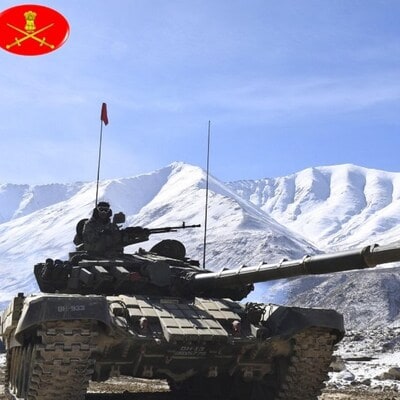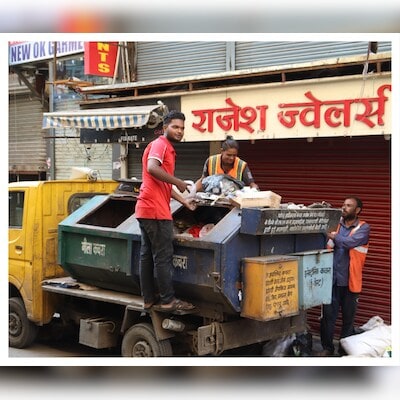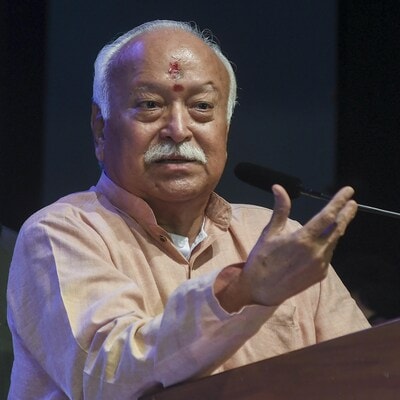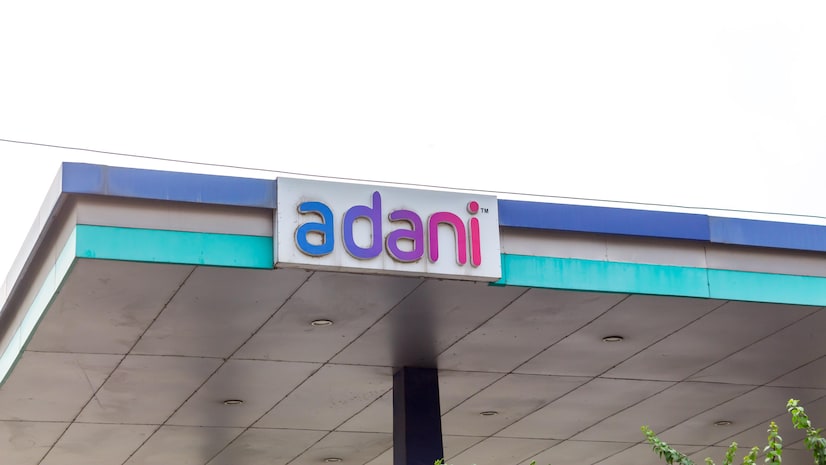)
Representative image of an Indian Army tank in Ladakh. Image credit: ADG PI – INDIAN ARMY (@adgpi on X)
The report comes just days after another national daily reported that New Delhi and Beijing had made “significant progress” in bridging their differences over unresolved issues along the LAC in eastern Ladakh, which could result in Indian troops regaining access to certain patrolling points along the LAC, and that both sides were trying to address ongoing concerns in Arunachal Pradesh.
According to the previous report, the discussions were also exploring a potential solution that would factor in the pre-April 2020 positions of both India and China, which could mean that Indian troops, who have been restricted from accessing certain patrolling points along the LAC due to the establishment of buffer zones during the disengagement process or the presence of Chinese forces, might regain access to these areas.
Why does India not trust China despite diplomatic progress?
Despite signs of progress and a narrowing of differences in the political and diplomatic talks between New Delhi and Beijing, “the trust deficit on the ground” with the PLA “remains very high”, the Times of India report said, citing senior defence sources.
One of the reported reasons is that China not only continues to strengthen its forward military positions, but also to construct permanent defences and infrastructure across the 3,488-km LAC, which the sources told the national daily makes it evident that the PLA is unlikely to return to its peacetime locations anytime soon.
Click here to connect with us on WhatsApp
The previous report about a potential breakthrough in the military standoff in eastern Ladakh was based on recent bilateral political and diplomatic talks.
These included the 30th and 31st meetings of the Working Mechanism for Consultation & Coordination on India-China Border Affairs (WMCC) on July 31 and August 29, followed by a meeting between National Security Advisor Ajit Doval and Chinese Foreign Minister Wang Yi on the sidelines of a BRICS summit in St Petersburg on September 12.
However, during the 21st and latest round of talks between the military corps commanders of the two sides, held on February 19, China had again rejected India’s efforts to resolve the two major ongoing face-offs at the strategically important Depsang Plains, located near the critical Daulat Beg Oldie base and Karakoram Pass in northern Ladakh, and the Charding Ninglung Nallah track junction near Demchok in the east.
Describing any future disengagement at Depsang and Demchok as only “the first step”, a senior officer told the national daily that until subsequent de-escalation and withdrawal of troops happens to restore the status quo ante, “the threat (from China) will persist”.
At present, Indian forces are reportedly unable to access 26 of their 65 patrolling points, stretching from the Karakoram Pass in the north to Chumar in the south of eastern Ladakh.
This is because of the creation of buffer zones following earlier troop disengagement at Galwan Valley, Pangong Tso-Kailash Range, and Gogra-Hot Springs up until September 2022, as well as the standoff at Depsang and Demchok.
Explaining that the buffer zones were intended to be “temporary measures”, the unnamed officer said that Beijing continues to make “unreasonable demands” and is “playing a long-term waiting game”. The officer added that India must continue to be cautious “to avoid falling into a trap”.
How is India responding to Chinese aggression along the LAC?
Amid the India Army’s shift from its summer to winter posture, with large-scale winter stocking underway for the additional troops stationed along the border, the Times of India report said that General Upendra Dwivedi and the commanders-in-chief of the seven commands will review the operational situation during a meeting in Gangtok, Sikkim, on October 9-10.
Meanwhile, the Indian Army is reportedly maintaining “a high level of operational readiness”, and has undertaken a reorganisation of troops and stationed sufficient reserves and logistics in every sector along the LAC to handle any potential contingency.
No solution to India-China border tensions in sight?
Despite the prevailing distrust, the report said that there is a growing recognition, at least on the Indian side, that with the military standoff continuing, only political and diplomatic dialogue can break the impasse.
The previously quoted officer said that if New Delhi and Beijing can agree on a “broad framework”, the modalities for disengagement at Depsang and Demchok can be “negotiated at the military level”.
First Published: Sep 30 2024 | 2:56 PM IST












Leave a Reply